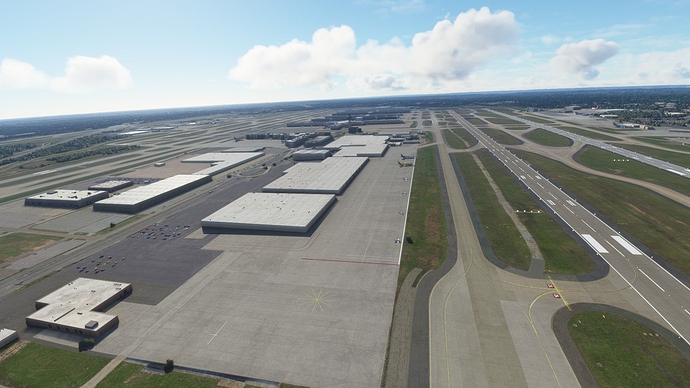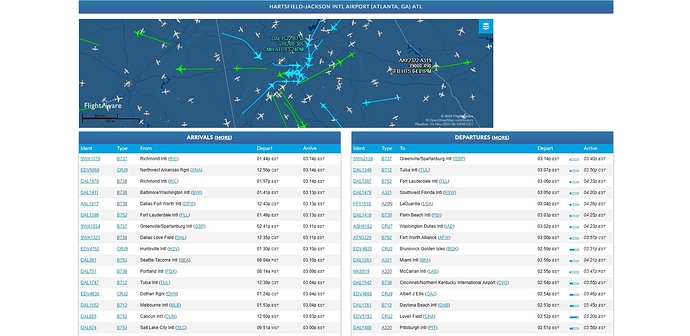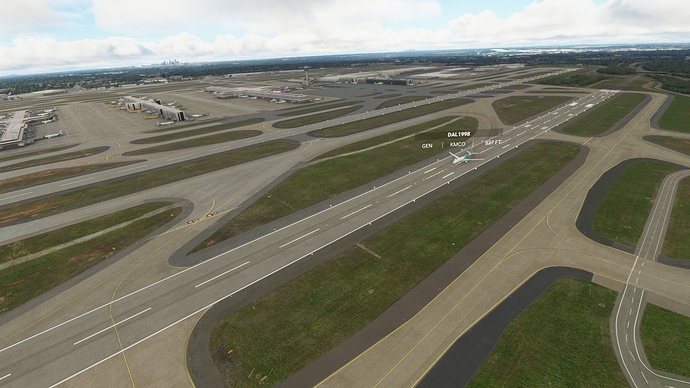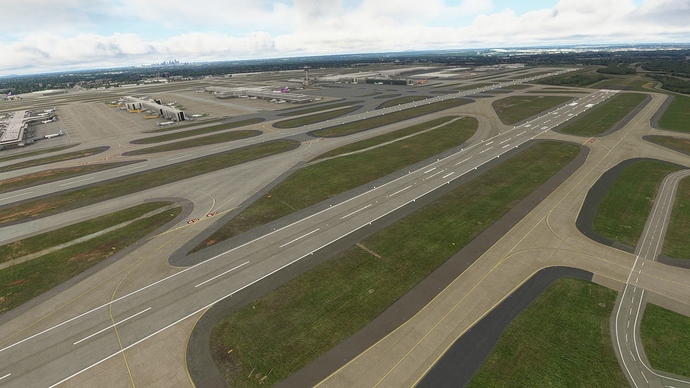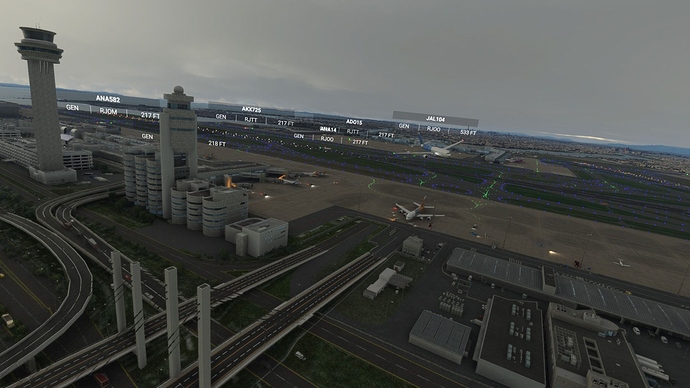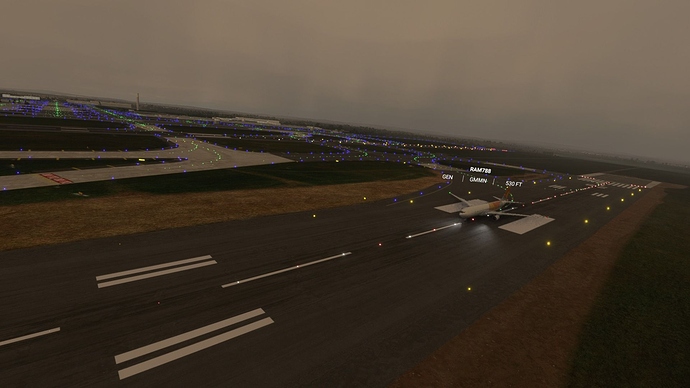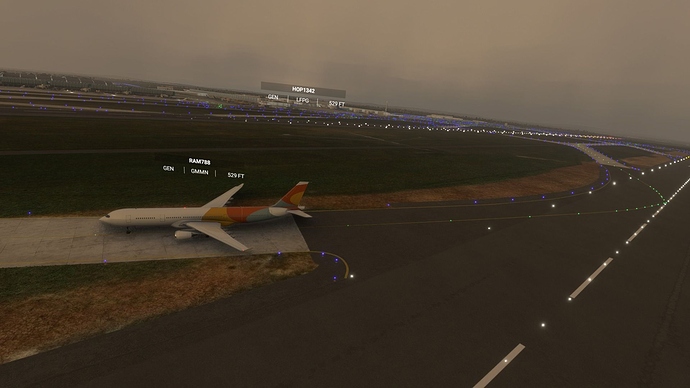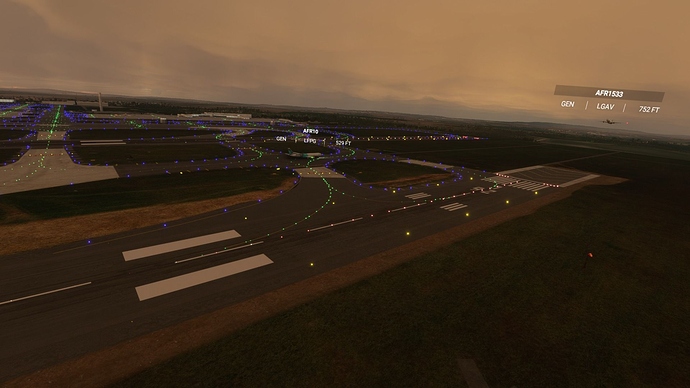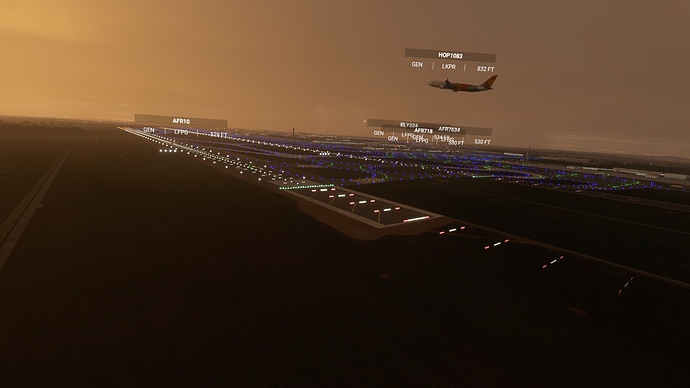During the latest livestream, we have heard very ambitious promises about improving AI traffic.
Yet, while 3D and texture artists work on AI models and liveries, and while the sim’s people mail the airlines’ and manufacturers’ people to get everything licensed, live traffic requires adjusting and fixing on a more fundamental level.
This requires extensive testing, so let me please take a moment to share the way I’ve tested live traffic so far (it’s a hobby of mine) so that maybe it can help you. I’ve been at this for tens of hours while working, so hopefully, it’s good experience that might help.
1: First of all, you may want to create a tool that reports exactly why an AI aircraft does not appear and why it disappears. Bug? Too much traffic? Stuck? AI Conflict? This is a tool I wish I had, and I’m sure it’ll help you as well. As a matter of fact, it’d be great if you could share it as part of the SDK.
2: Have a QA tester pick one airport and simply sit there observing what happens for an extended period of time. It’s actually a pretty fun job. ![]() At the same time, open Flightaware for that airport. It’s your partner, so you should be very familiar with it. Also, leave AI name plates on, so that you can see which aircraft are active, obviously.
At the same time, open Flightaware for that airport. It’s your partner, so you should be very familiar with it. Also, leave AI name plates on, so that you can see which aircraft are active, obviously.
3: when an aircraft is listed as coming to land or depart on flightaware, note if it happens on MSFS as well. If it doesn’t, note it down and investigate why it happened so that it can be fixed. Note that at the moment the sim is about 12-15 minutes late compared to Flightaware. I’m guessing this lag may be inevitable, bit being aware of it helps with testing. The current situation is that many, many flights that appear on flightaware do not appear in the simulator, so this is likely the first issue you need to tackle so that all flights do. This is pretty much a requirement for realistic AI simulation and to fulfill Jorg Neumann’s ambition of having all flying aircraft correctly represented. The first step is that all flying aircraft actually appear.
4: Note whether all aircraft on the screen are either departing or landing. I’ve noticed a pattern at busy airports in which there are intervals in which only departning aircraft spawn, followed by intervals in which only landing aircraft spawn, in an alternating pattern. This should be investigated and solved so that both departing and landing aircraft appear at the same time.
5: Note traffic conflicts, like aircraft holding for each other on taxiways causing traffic jams, aircraft getting stuck, and so forth. These should also be investigated and solved.
6: Note cases in which your simulation can’t keep up with the traffic. Excessive traffic jams likely mean that aircraft move too slowly. Many aircraft having to go around because the runway is busy likely means that your aircraft don’t vacate the runway fast enough or the ATC isn’t using runways efficiently. If an aircraft has to simply “disappear” to solve a conflict, it means the simulation has failed to keep up. Why? How can it be fixed? Note that aircraft that go around never try to land again and simply wander around the airport aimlessly. This also needs to be corrected.
7: This likely should have been earlier in the list. Do aircraft appear at all at the airport? I’ve noticed some don’t get any traffic at all or very sporadic (EHAM is a major offender in my experience). Those need to be identified and fixed.
8: Do AI Aircraft appear at nearby airports in view range? For instance, if I am at KJFK, I should still be able to see AI at KLGA.
I have a wider array of related suggestions at the thread below should you interested, but this should IMHO definitely be the first step. I know it involves a lot of testing, but it should be worth it.
